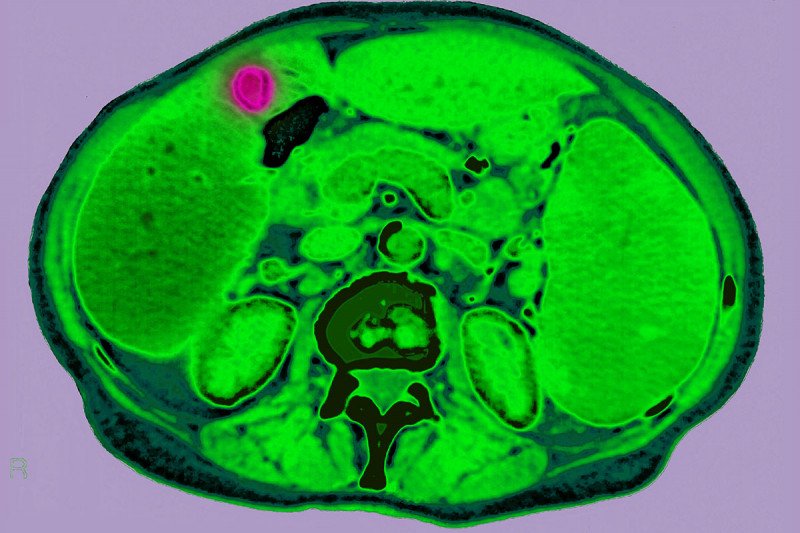
Because of how aggressively they divide, cancer cells have an increased demand for building materials and energy. They meet these added demands by altering their metabolism — taking in larger amounts of fuel, for example.
Historically, these metabolic changes have been considered a consequence rather than a cause of cancer, and therefore not good drug targets. However, a new study from the Sloan Kettering Institute laboratory of Hans-Guido Wendel challenges that assumption.
“We find that increased activity of a normal metabolic enzyme, called SHMT2, is sufficient to transform normal B cells into B cell lymphomas,” says Sara Parsa, a postdoctoral fellow in the Wendel lab and the first author of a paper describing these results. The paper was published June 22 in the journal Nature Cancer.
Enzymes are proteins that speed up chemical reactions. SHMT2’s main role is to speed the conversion of the amino acid serine into glycine, simultaneously generating a small molecule called a methyl group. This methyl group, the researchers found, binds to the on/off switch (called a promoter) of genes that encode previously unrecognized tumor suppressor proteins. This binding turns off these tumor suppressors, resulting in B cell lymphoma. (Because this change does not involve a change in the DNA sequence of genes, it is an example of epigenetics.)
SHMT2 sits on a region of chromosome 12 that is often amplified (present in multiple copies) in B cell lymphoma. The increased number of gene copies leads to more of the enzyme being made. In animals, this is enough to cause lymphomas.
Other cancer cells, the researchers note, also carry the same gene amplification and contain abundant SHMT2, revealing this to be a common theme that could be exploited therapeutically.
While scientists have documented previous links between metabolism and cancer, most of these involve metabolic proteins that are mutated (genetically altered). “This may be the first time that anyone has shown that too much of a normal metabolic enzyme can drive cancer,” Dr. Wendel says. “It reinforces the idea that metabolic changes can be a cause rather than simply an effect of cancer.”
He notes that the research reveals that SHMT2 could be a potential drug target for cancer therapies, provided there is a way to target it specifically in cancer cells.

